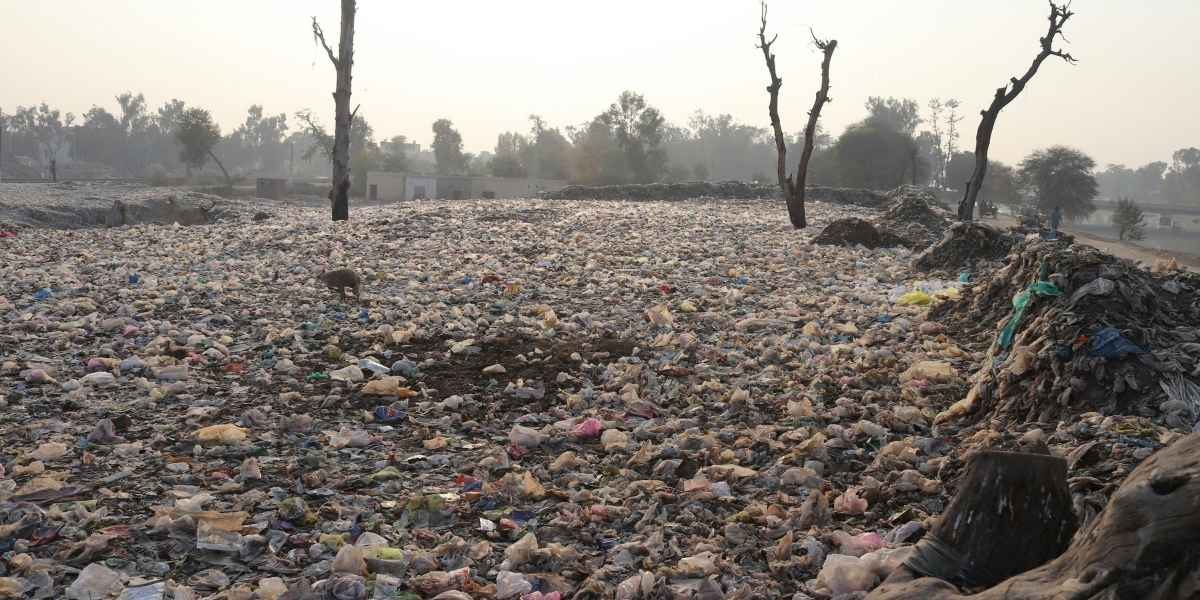The world produces millions of tons of plastic every year, much of which ends up polluting ecosystems, harming wildlife, and threatening human health. While its convenience has made it a dominant material in daily life, the environmental cost is becoming too great to ignore. Transitioning to a plastic-free future requires rethinking how products are designed, consumed, and disposed of. Moving toward a circular economy—where materials are continuously reused—offers a sustainable solution that can reshape industries and communities.
Read Also: Exploring Global Cuisines Through Cooking Shows
Why Is Plastic a Growing Global Concern?
Plastic pollution is no longer just an environmental issue; it has become a global crisis. Over 300 million tons of plastic waste are generated annually, with only a small percentage successfully recycled. Most of it ends up in landfills, oceans, and waterways, causing irreversible damage to marine life and ecosystems.
Microplastics, tiny plastic particles found in food, water, and even the air, pose health risks that researchers are only beginning to understand. Scientific studies suggest that long-term exposure to microplastics could be linked to hormonal disruptions, organ damage, and other health concerns.
Industries dependent on single-use plastics contribute significantly to waste generation. Packaging, consumer goods, and disposable products make up the bulk of discarded plastics, emphasizing the need for systemic change.
What Is a Circular Economy and How Can It Replace Plastic Waste?
A circular economy focuses on reducing waste by designing products that can be reused, repaired, or fully recycled. Unlike the traditional take-make-dispose model, which generates waste at every stage, a circular system keeps materials in use for as long as possible.
Key principles of a circular economy include:
- Eliminating unnecessary plastic production by prioritizing sustainable materials.
- Redesigning packaging and products to be reusable or biodegradable.
- Developing innovative recycling technologies that extend the life cycle of materials.
- Encouraging businesses to adopt zero-waste supply chains and responsible sourcing.
This shift not only reduces plastic pollution but also drives economic benefits, creating new industries, job opportunities, and long-term cost savings.
How Are Businesses Leading the Plastic-Free Movement?
Many companies are recognizing that sustainability is no longer optional—it’s a competitive advantage. Businesses across different sectors are actively adopting plastic-free solutions through innovative strategies:
- Retailers are eliminating single-use plastic bags and packaging, opting for paper, compostable materials, or reusable alternatives.
- Consumer brands are launching refillable product lines, reducing waste from bottles and containers.
- Technology startups are developing biodegradable plastics and plant-based alternatives, replacing petroleum-based plastics in everyday products.
- Restaurants and food services are moving away from plastic utensils and straws, switching to bamboo, stainless steel, or edible cutlery.
Public demand for plastic-free alternatives continues to grow, pushing industries to accelerate sustainable transformations.
What Role Do Governments Play in Reducing Plastic Dependency?
Policy changes are essential for creating large-scale impact. Many governments are banning single-use plastics, implementing extended producer responsibility (EPR) programs, and promoting incentives for businesses that adopt sustainable materials.
Several countries and regions have already made significant progress:
- The European Union has banned single-use plastic items, such as straws, cutlery, and plates.
- Canada and the United Kingdom are phasing out plastic shopping bags and non-recyclable packaging.
- Several U.S. states have introduced plastic taxes and bans on Styrofoam containers.
- Asian countries like India and China are investing in waste management infrastructure and sustainable alternatives.
Government initiatives set the foundation for change, but collaboration between businesses, policymakers, and consumers is crucial for long-term success.
How Can Individuals Reduce Plastic Consumption?
The transition to a plastic-free future starts with individual choices. Making small but impactful lifestyle changes can significantly reduce plastic waste:
- Using reusable bags, bottles, and containers to cut down on disposable plastic.
- Supporting brands that prioritize sustainable packaging and ethical production.
- Choosing products made from recycled or biodegradable materials.
- Participating in local recycling programs and advocating for better waste management policies.
Consumer demand influences industry practices, meaning every choice contributes to a larger cultural shift away from plastic dependency.
Read Also: Cooking and Baking: How to Get Started the Right Way
What Are the Challenges of Achieving a Plastic-Free Future?
Despite progress, eliminating plastic use entirely comes with challenges. Cost, infrastructure, and consumer habits remain significant barriers.
- Biodegradable and alternative materials can be expensive, making it harder for businesses to switch completely.
- Many recycling systems are outdated, leading to inefficient waste processing.
- Public awareness varies, and not all consumers prioritize sustainability when making purchasing decisions.
While these challenges exist, continued innovation, stronger policies, and consumer education will help accelerate progress toward a world with minimal plastic waste.
Published by Drake M.








